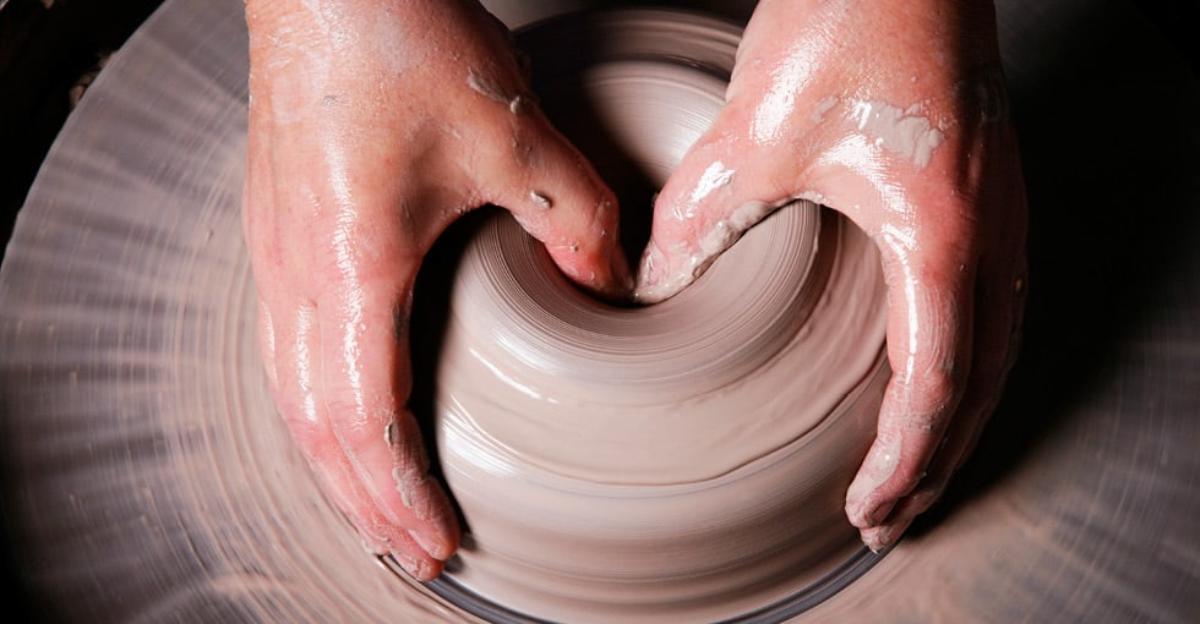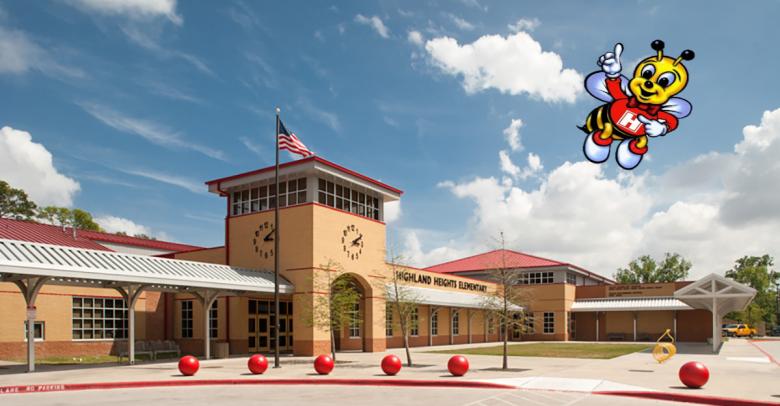By Eric Orr, MFA Ceramics, Sax Art Consultant
Clay is a wondrous art material with an ancient and useful past. It is formed from igneous (take it for granite) and metamorphic rocks formerly found on mountaintops. Rocks get broken down by nature’s freeze/ thaw cycle due to the fact that water expands when it freezes and can break rocks apart into smaller rocks. Clays are very small in particle size and through gravity erosion and translocation by glaciers and rivers, are deposited (mostly in low areas) around the world.
What Makes Clay Special?
The process to create clay takes millions and millions of years. Dig down below the topsoil (dirt) in most places and one can find clay. Chemically, clay is a mix of silica (sand) alumina and water. Clay has been used by potters and artists in many civilizations for thousands of years; pottery fragments were recently found in southern China dating to 20,000 years ago.
Unlike dirt, which due to its round particle size will not form and fire into a durable object, clay particles are microscopic flat platelets surrounded by water. As the clay dries, the water evaporates and the flat crystals bond together.
This is a cause for the shrinkage evident in all clays, usually 5 to 14%. Fired to a hot enough temperature, clays become dense, glasslike and impermeable to water. This is called vitrification…it is the magical part of clay…that is soft and workable (plastic) when moist, yet can become a hard pot that when fired, can last thousands of years. Yet, it is also a most recyclable material in that one can hydrate dry clay over and over, that is, until it is fired and becomes vitrified. Never throw (clean) dry clay out, as it can be rehydrated in a bucket of water and re-worked.
Three Types of Clay:
Clays are basically of three types: earthenware, stoneware and china. The color of all three can vary widely.
Earthenware:
Earthenware used in schools can be grey in the 25 lb. bag you open, yet will turn white when fired to bisque temperature. This is a nice bisque color, as the white base allows for bright glaze colors.
Another earthenware clay is red or terra cotta, and will fire orange to red, becoming darker the higher it is fired. Its red color comes from iron, one of the most plentiful elements in the earth’s crust. Earthenware clays are best fired at low temperatures below 2000°F.
Stoneware:
The second type of clay is stoneware and can be of many colors. It is mainly used for mid- and high-temperature firing. Most pottery used for functional work is made of stoneware clay. It matures (becomes dense and vitrified) at temperatures below and above 2000°F.
China:
China clay or porcelain is the third type and is used in fine china. It is white in color and is fired to 2300° and above.
Pure clays are rarely used to make pottery or sculpture ware, in that they need some help. Potters mix several clays plus earth minerals to give the clay a certain color, a determined firing range, and a specific texture. This is called a clay body. China clay is found in rare deposits of kaolin. It is large in particle structure thus making it “short” and hard to work with as found.
Stoneware and earthenware clays are sedimentary deposits and have a smaller particle size. This makes them more workable or “plastic”. Stoneware clay bodies often contain ball clay, and in America, comes from clay mines in Kentucky or Tennessee. These clays are called “ball “clay in that in their early mining, the clays were formed into large balls and physically were rolled out of the mine!
Some clays are smooth, some have a filler called “grog”, which is a grit of various sizes and colors. This grog makes clay shrink less and gives the body more strength. Grog is bits of finely ground up firebrick or other granular ceramic material.
Choosing the Right Clay for the Classroom
When choosing clays for classroom use, consider the bisque color, amount of shrinkage, and use of the ware as well as firing temperature. Wet, or moist, clays come in a 50 lb. box usually containing two plastic- wrapped 25 lb. bags. Dry clays can be ordered but are usually used to create an “engobe” or slip, or for use as a clay additive. They are a lot of work to hydrate, mix and dry to useable consistency. Be careful that if you want ready-to-use clay, that you order “moist”.
School clays, when totally dry, are usually bisque fired to 1945°F or “cone 04”. Notice this is cone 04, NOT cone 4. (More about those quirky cones in a future blog post.) Glaze fire to the temperature on the glaze container: for low fire clays/glazes, usually cone 05 (1888°F) or cone 06, 1828°F.
Midrange glazes are usually fired to cone 5, 2167°F or cone 6, 2232°F. Remember there is a difference between cone 05 and cone 5……279°!
If you are interested in an art workshop or professional development with Eric Orr or our other Sax Art Consultants, please contact us at SaxArts@schoolspecialty.com






Leave a Reply